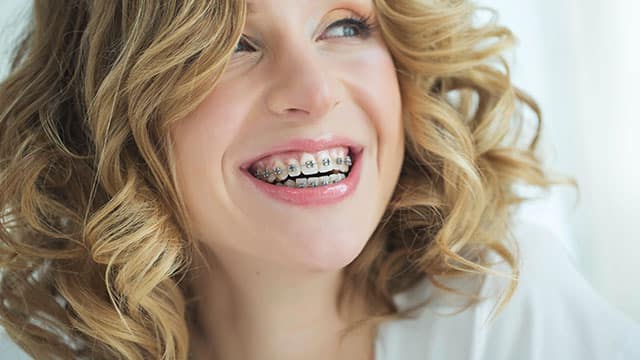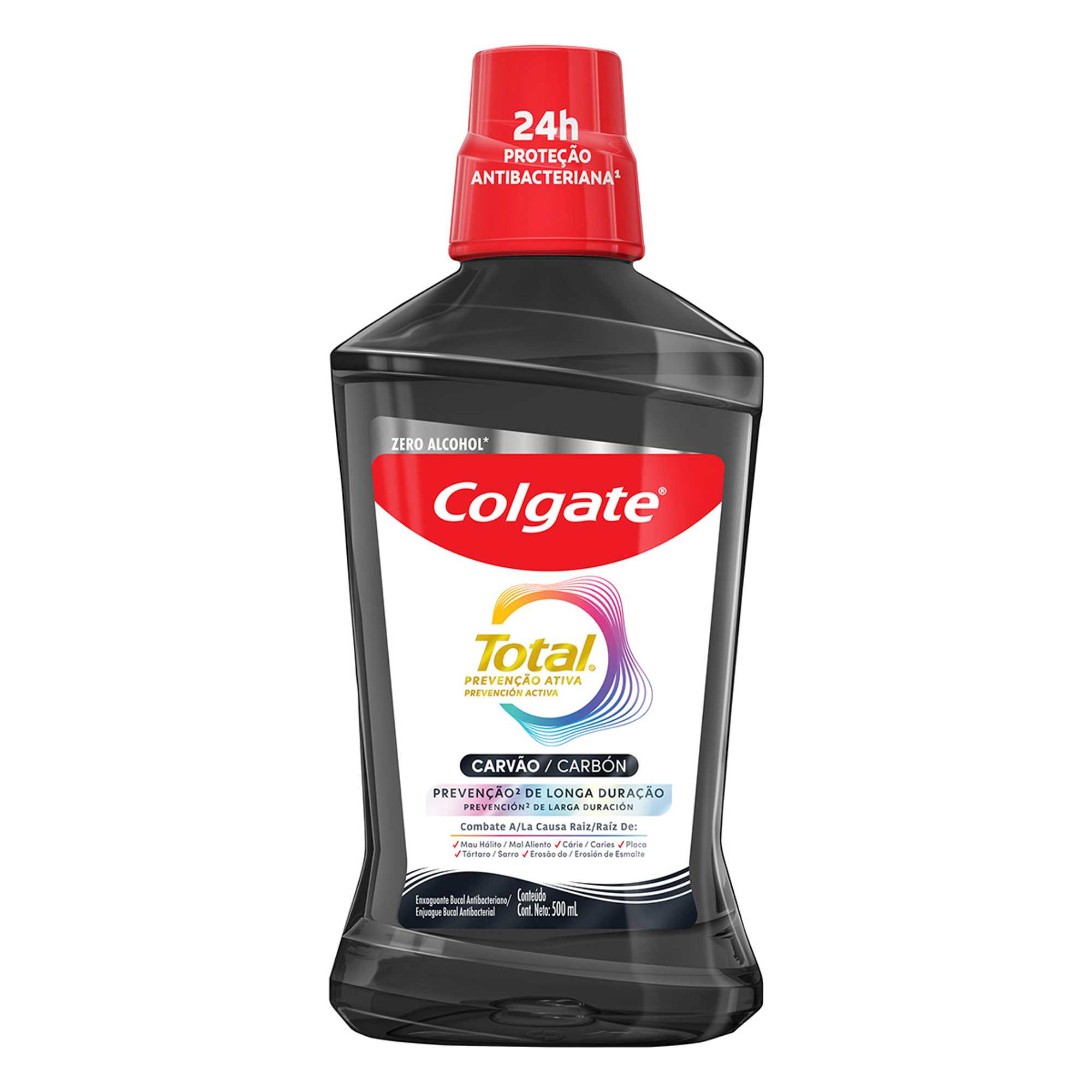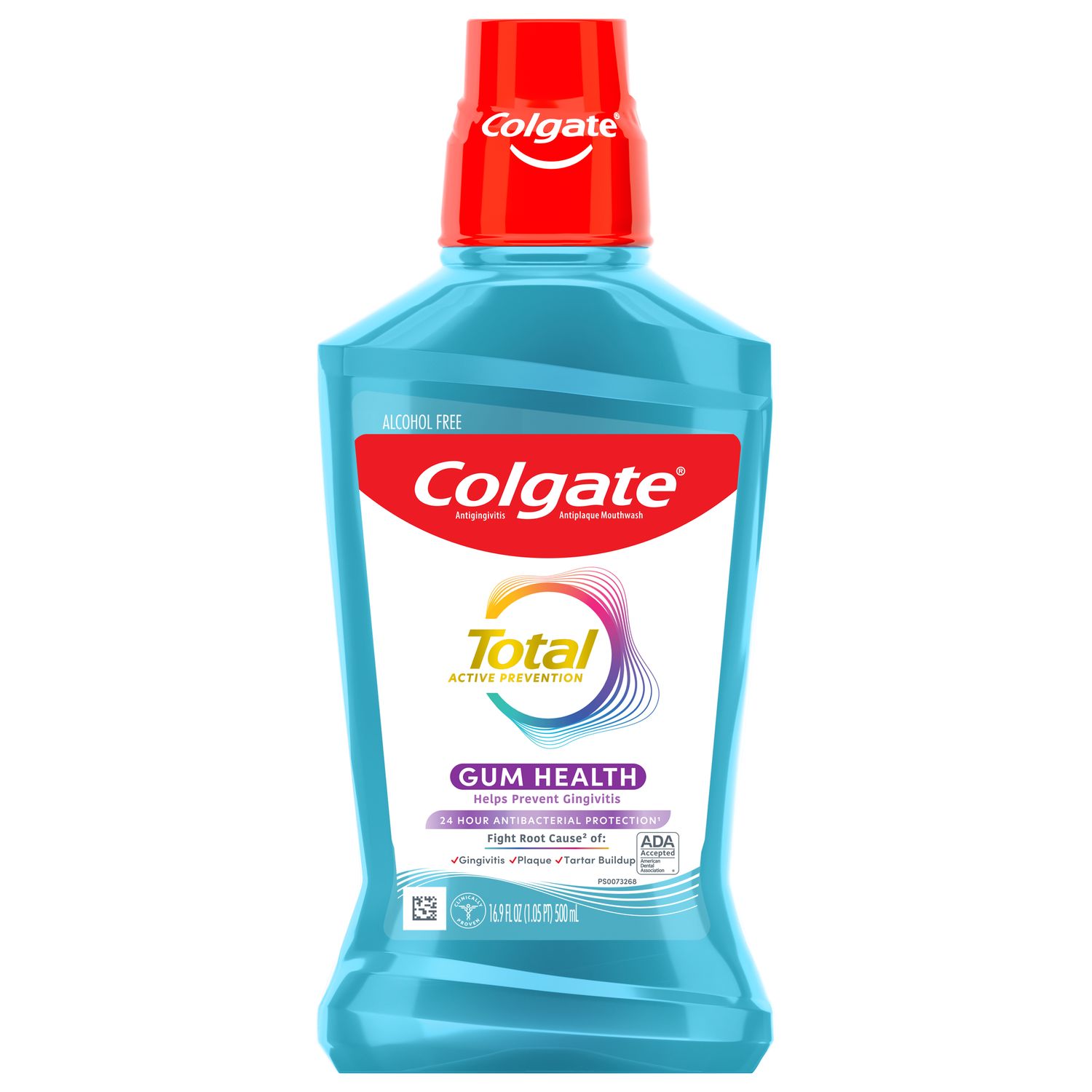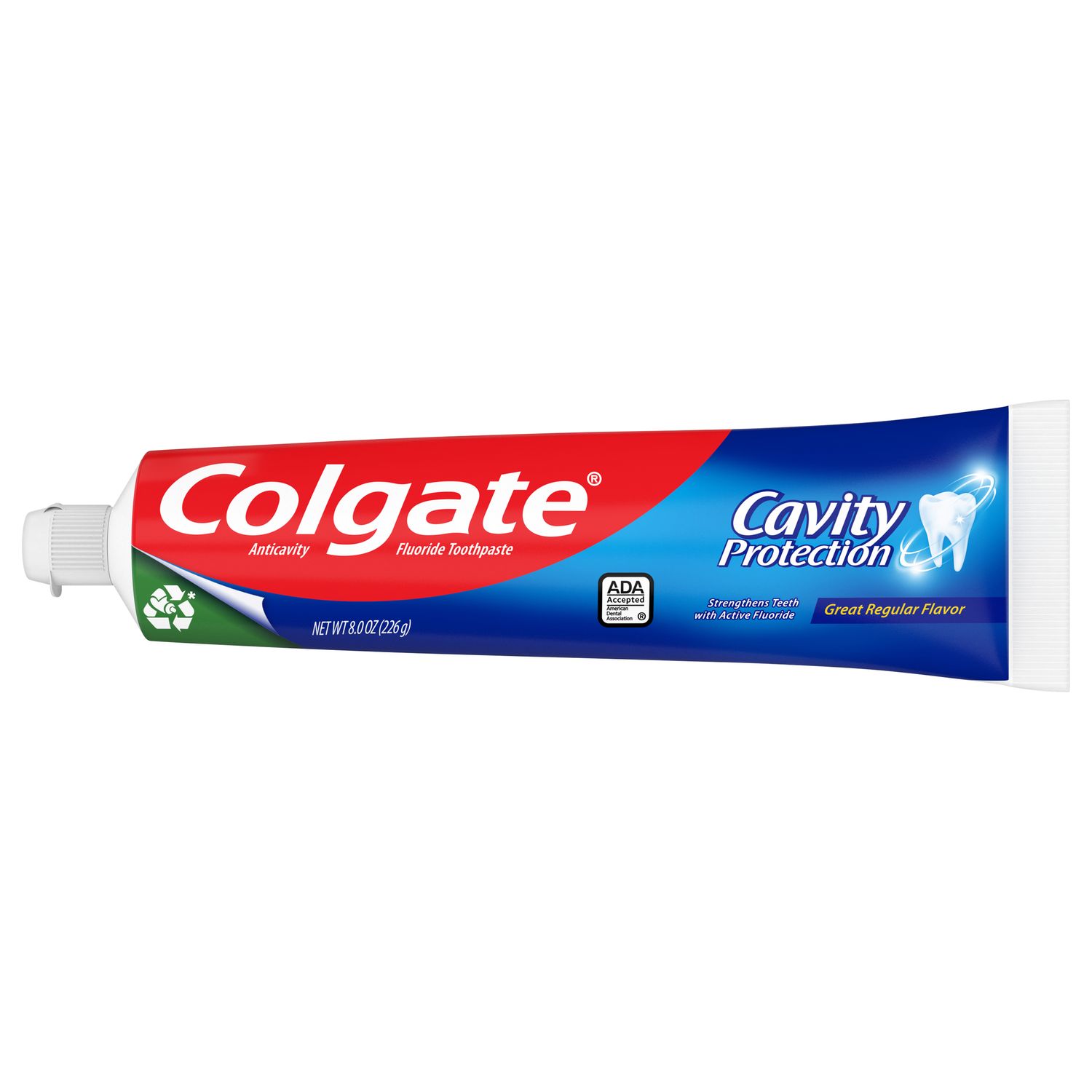Orthodontists use power chain braces to close spaces between teeth during orthodontic treatment. They prefer to use them as a solution for moving teeth quickly, and for larger gaps where a tooth might be missing, perhaps due to extraction. Note that power chain braces are typically used toward the end of treatment. In essence, they're not technically braces but rather connected ligatures used in place of single elastics.
Braces
Traditional braces are still the most common way to straighten teeth. The American Association of Orthodontists (AAO) notes how orthodontic treatment is growing in popularity. With 3.9 million US children getting orthodontic treatment and one out of every three orthodontic patients being an adult, there's an apparent demand for straight teeth and a confident smile!
Braces are a simple way to get a perfect smile. Your orthodontist will put brackets on the fronts of your teeth, and an archwire will run through the brackets. They will place single elastics or ligatures around the perimeter of the bracket to secure the archwire. You'll have to see your orthodontist monthly because they will change or adjust the bands as your teeth continue to move. For spaces that aren't closed with single elastic ligatures, power chain braces are a standard end-of-treatment solution.
Your orthodontist knows that biomechanics is essential to achieving the goal of a healthy mouth and satisfying smile. But did you know that closing space between teeth is one of the most challenging procedures that an orthodontist faces? Standard braces use continuous light force to straighten teeth over time, but sometimes that force isn't enough.
Power chain braces provide sliding friction mechanics between the bracket and wire running through each bracket. This method exerts significantly more force than traditional braces without putting intense pressure on your teeth, thereby keeping discomfort to a minimum. Your orthodontist may leave power braces on for a few weeks after they've moved your teeth. This is to ensure the space is securely closed.
This method typically uses a row of connected elastic O-rings attached to the bracket, causing uniform tension over several teeth. O-rings are O-shaped rubber bands that hold braces' archwire to their bracket slots. The tension between these O-rings is what facilitates the closing of the space between your teeth.
Mouth Care During Treatment
Power chain braces typically take about six weeks to be effective, though each case is unique. It's essential to care for your mouth during this time properly. We recommend the following practices:
- Avoid hard or sticky foods that can cause the brackets, wires, or ligatures to break, as this will delay treatment and require extra visits beyond your monthly checkups.
- It's normal to need help with pain relief from time to time, especially right after an adjustment appointment. Over-the-counter acetaminophen or ibuprofen taken as directed for a few days should be sufficient in most cases for alleviating your pain.
- Since cleaning around brackets, elastics, and power chain ligatures is more complicated than cleaning your teeth without appliances, oral hygiene is perhaps the most critical aspect of care. Food and plaque can get trapped easily, so frequent cleaning is essential! We recommend brushing your teeth after every snack or meal. It would be best if you also used a floss threader to get in the hard-to-reach spaces between your teeth and appliances and finish up with mouthrinse to remove any remaining bacteria or debris.
Orthodontic treatment is evolving to include several options for adequately aligning teeth, including traditional brackets, power chains, and even removable aligners. Whatever method your orthodontist prefers, in the end, you'll have a healthy and straight smile that should last a lifetime. What's most important is to take care of your mouth through your orthodontic journey. By staying up-to-date with appointments, avoiding hard and sticky foods, and keeping a rigorous oral care routine, you're doing everything you can for that not-so-distant day when your braces come off and your gorgeous smile is ready to be on full display!
This article is intended to promote understanding of and knowledge about general oral health topics. It is not intended to be a substitute for professional advice, diagnosis or treatment. Always seek the advice of your dentist or other qualified healthcare provider with any questions you may have regarding a medical condition or treatment.
ORAL HEALTH QUIZ
What's behind your smile?
Take our Oral Health assessment to get the most from your oral care routine
ORAL HEALTH QUIZ
What's behind your smile?
Take our Oral Health assessment to get the most from your oral care routine















